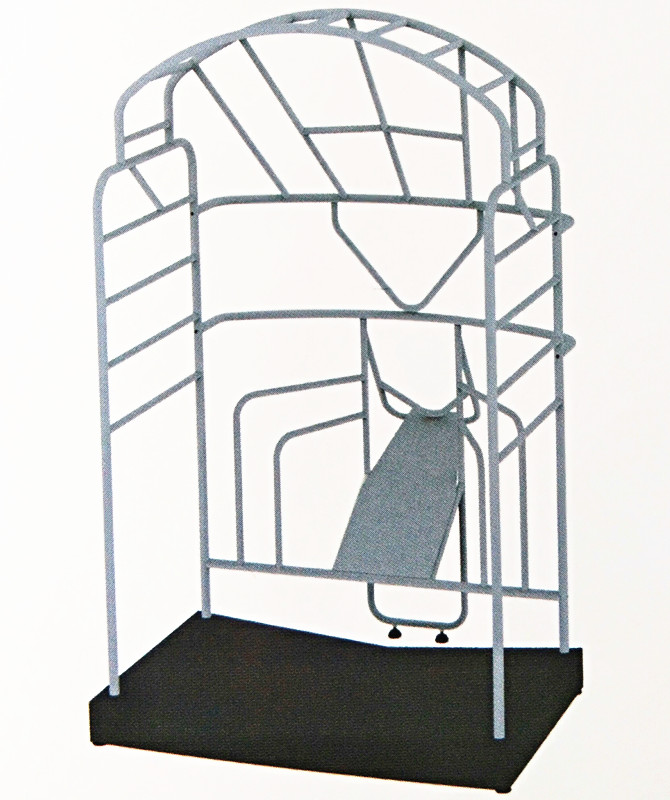

The large genome size (16 Gb for bread wheat), high sequence similarity between subgenomes and abundance of repetitive elements (about 85% of the genome) hampered early wheat genome-assembly efforts 3.

A, B and D in these designations correspond to separate subgenomes derived from three ancestral diploid species with similar but distinct genome structure and gene content that diverged between 2.5 and 6 million years ago 10. durum), which is used to make couscous and pasta 9, and allohexaploid (AABBDD) bread wheat ( Triticum aestivum), used for making bread and noodles. Two species dominate current global wheat production: allotetraploid (AABB) durum wheat ( Triticum turgidum ssp. Efforts to increase wheat production may be aided by comprehensive genomic resources from global breeding programs to identify within-species allelic diversity and determine the best allele combinations to produce superior cultivars 2, 8. As the human population continues to grow, wheat production must increase by more than 50% over current levels by 2050 to meet demand 7. Wheat is a staple food across all parts of the world and is one of the most widely grown and consumed crops 7. These genome assemblies will provide a basis for functional gene discovery and breeding to deliver the next generation of modern wheat cultivars.

We provide examples outlining the utility of these genomes, including a detailed multi-genome-derived nucleotide-binding leucine-rich repeat protein repertoire involved in disease resistance and the characterization of Sm1 6, a gene associated with insect resistance. Comparative analysis revealed extensive structural rearrangements, introgressions from wild relatives and differences in gene content resulting from complex breeding histories aimed at improving adaptation to diverse environments, grain yield and quality, and resistance to stresses 4, 5. Here we generated ten chromosome pseudomolecule and five scaffold assemblies of hexaploid wheat to explore the genomic diversity among wheat lines from global breeding programs. This is largely owing to the size and complexity of the wheat genome 1, and the lack of genome-assembly data for multiple wheat lines 2, 3. Nature volume 588, pages 277–283 ( 2020) Cite this articleĪdvances in genomics have expedited the improvement of several agriculturally important crops but similar efforts in wheat ( Triticum spp.) have been more challenging. Multiple wheat genomes reveal global variation in modern breeding


 0 kommentar(er)
0 kommentar(er)
